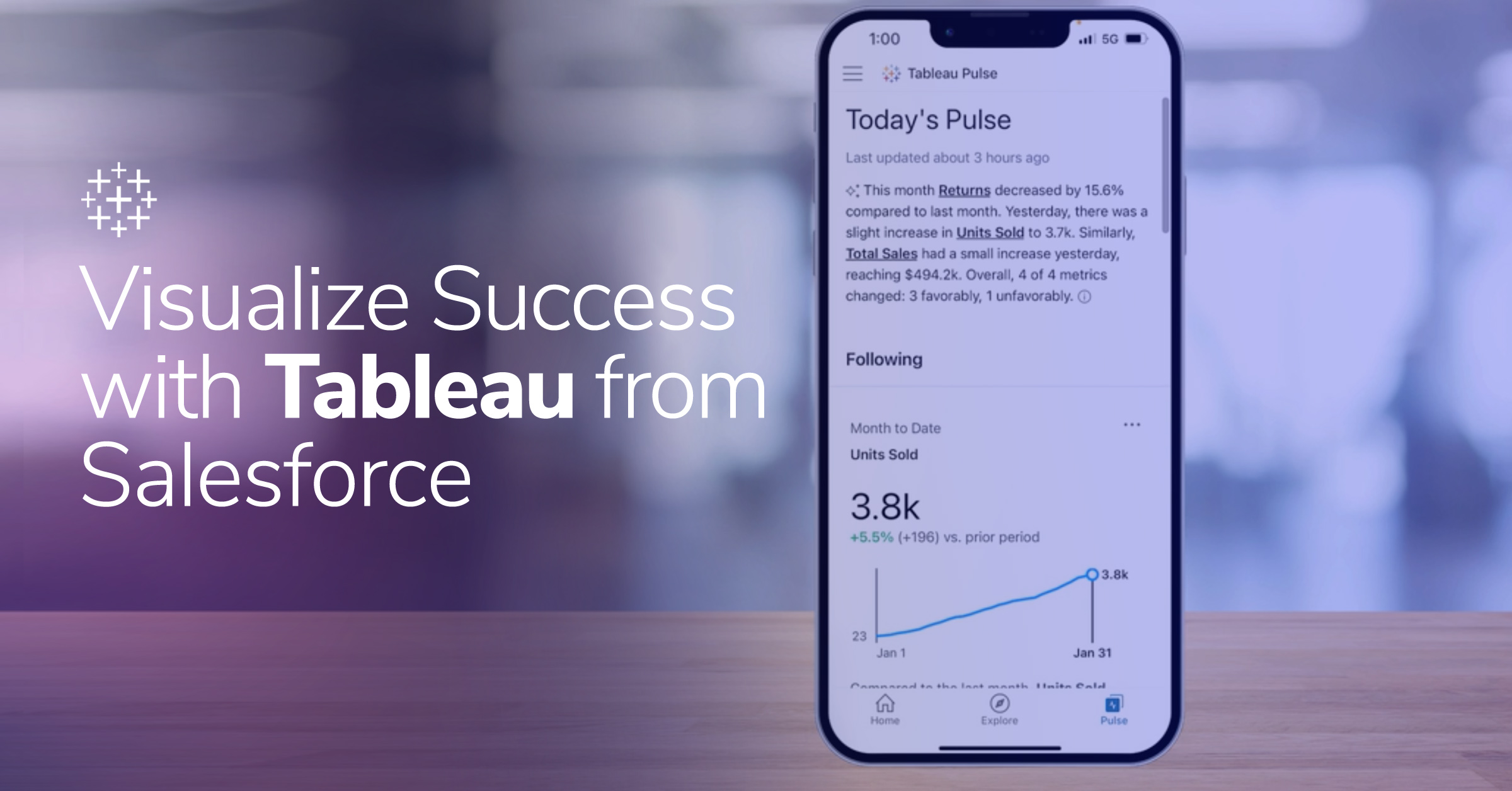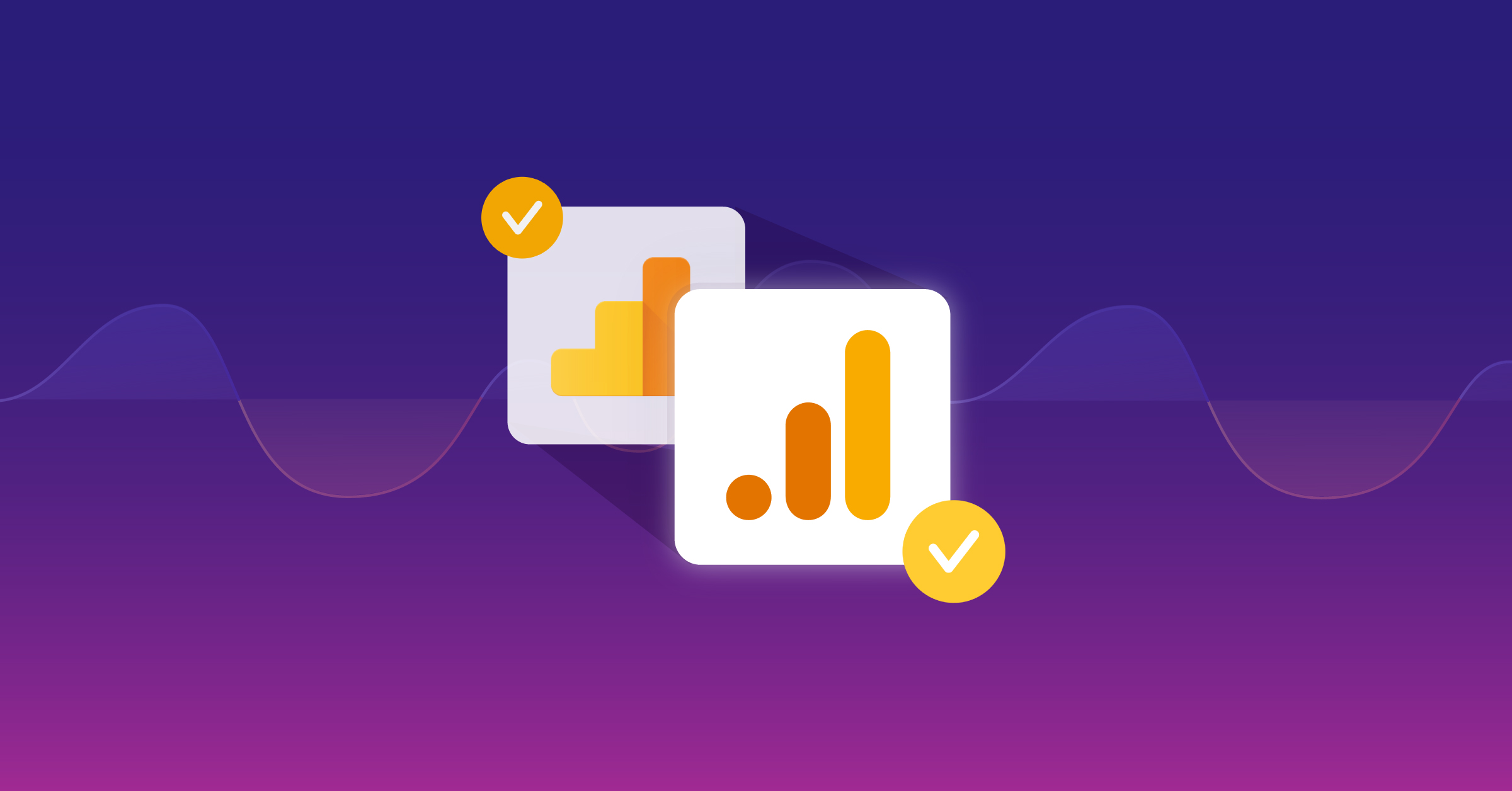Bob Chatham Answers My Visual Sciences Post

After the Emetrics Summit in October, I wrote this post about Visual Sciences. Soon afterwards, Bob Chatham (who was then the CMO of VS and is now SVP – Education for purchaser Web Side Story) wrote replies to all of my comments. And there they sat for almost three months, in my inbox. (I have no excuses other than work and family — but better late than never.) My comments from the original post are in italics and Bob’s should be indented:
Yesterday at the eMetrics Summit, I saw a one-hour demo of Visual Sciences. The “demo-er” was Bob Chatham, their CMO. It is incredibly awesome.
[BC] Thank you, I have to agree it’s why I came to the company. It took me three or four demos just to believe that it’s real
.
I walked into the presentation knowing that the product is black and probably visual. I walked out trying to figure out why, beyond budget, companies would choose a different solution if they could choose Visual Sciences. (I did come up with some, see the bottom of this post.)
[BC] Don’t worry, there’s a white-background version for “executives.” We just picked black based on UI research that shows that it’w easier to stare at a black background for long periods.
Even budget shouldn’t be an issue with a properly-sized system considered over a 3-year period. The TCO [total cost of ownership] usually works in our favor given the capabilities and expansion headroom. But you have to be willing to look beyond the short-term 1-year CPM rates that most ASPs charge.
I won’t speak much to the implementation or technology. Among other reasons, you can’t easily put them in a box. They aren’t a client-side solution (you pretty much have to have software), but they sure aren’t an old-fashioned logfile solution either. Instead, I want to speak just to the features/benefits.
[BC] Actually, we *are* a client-side solution…and a server-side one…and a hybrid of both, if you want. I’m assuming that you’re talking about data collection methods here. We can use just JavaScript tags like any other ASP solution, or combine tags with logfiles or server-side collection based on Visual Sensor. If you’re speaking about deployment/ownership models, there’s a lot of latitude here as well. While the majority of our clients choose licensed software deployed behind their firewalls (about 2/3 of the customer base) the rest are either using our managed services (they own the software/hardware, we run/operate it on our premises or theirs), or an ASP-like setup where they effectively pay a CPM charge. There’s no political statement here about one being better than the other, just an ability to accommodate a client’s data collection and deployment requirements.
First, they have developed the capability (a “visual sensor”) to capture data from all sorts of sources, not just the web. RFID, bar codes, text files, call center logs all qualify. So it is no longer just a web analytic package, it becomes a total analytic solution. I don’t think they like the phrase 360 degree view, but if that isn’t a 360, what is?
[BC] It's really a combination of Visual Sensor (for real-time event collection at the source, e.g., a web server) and Visual Load (for importing log files, campaign codes/costs, lookup tables, etc.) that builds the 360-degree view. The customer has to supply the common key across the sources so that we can join them (we don’t provide data scrubbing or matching services, but others, like Group One Software, Axciom, or Experian do).
They have a proprietary database — and maybe that term is already too “boxy” — maybe data storage or “place to keep their data” would be more accurate. This seems to be their primary secret sauce, and enables them to relate data in any way you want. (They call this n-dimensional.) They aren’t working with a traditional relational database, so the number of fields aren’t constrained and it is no longer incredibly expensive to have someone crawl into the database and expand the fields (in fact, there is no crawling in.) I kind of dismissed this as Bob spoke – it’s an expensive solution so even if you pay for an extra 10 eVars from Omniture, you probably pay less money – but then, you might need that info now, not when the LiveSupport people get to it. In some ways, it is easier to compare it to Google Analytics, where you get one custom variable and no more, but the customer sets are so different that that becomes a senseless comparison (albeit easy to understand.)
[BC] I’m not sure I understand the Google Analytics comparison. With VS, you can have as many “custom variables” as you want (since the schema is completely open and tailorable, they’re effectively all customizable¦). You get a standard “web analytics” schema for W3C logs out of the box for Visual Site. As for expensive…well, it’w probably more expensive not to be able to answer the questions that you need to answer…;-)
It is amazingly easy to create whatever report you want. We were five people watching them demo, and we couldn’t come up with a single request for a report that Bob Chatham couldn’t create from scratch within 5-10 seconds.
[BC] Hey if you think 5-10 seconds is fast, you should see how fast web analytics guru Eric T. Peterson can do it. I’m just the marketing guy.
{note from Robbin – I deleted all the screen shot chatter that was in this spot because none of my screen shots were real jpegs and will be just awful in a post}
It’s real time. Almost all the other page tagging solutions are real time, but unlike VS don’t change while you watch unless you hit reload and wait 60 seconds.
So why doesn’t everybody buy it? First, it is really expensive.
[BC] Let me know if you want to review a TCO [total cost of ownership] model for the product. We're working on better comparisons to conventional solutions.
I don’t know exactly how expensive but I have a pretty good idea. So it’s not a solution you buy lightly, and you sure don’t buy it without a full-time analyst or a team of analysts or you won’t learn much. Plus, if you don’t have time or resources to learn everything from your standard high-end solution (SC, HBX, WebTrends etc), then it’s really not worth spending the money. And let’s face it (this is my usual soapbox) – most people aren’t getting as much as they should out of their free Google Analytics. In fact, most sites either don’t have analytics, don’t know that they have analytics, or don’t care (but I digress…)
[BC] Agreed about the need for analysts with *any* high-end solution. As to why folks aren't getting everything from their “standard” high-end solutions, maybe it’s because they're standard. And then they give up in frustration
.
Second, I think that the company would be smart to sell the product on its merits and not sell it against the competition so much. Maybe that’s just the IBMer in me (I was taught to NEVER mention the competition by name), but I think their product, in the right situation, solves so many problems that they don’s need to have a negative campaign.
[BC] Aw, I’m just overly sensitive. We spent four years in stealth mode building the product, ignoring what other people thought. If we mention other vendors, it’s really to facilitate comprehension based on what people are more familiar with. Any suggestions on how to make the product concepts more accessible/believable to reduce the time that it takes to get it?
Thanks Bob for all that wisdom. Apologies for waiting so long to post this (and if any little gibberish marks from the email crept in, double apologies!)
Robbin Steif
LunaMetrics


